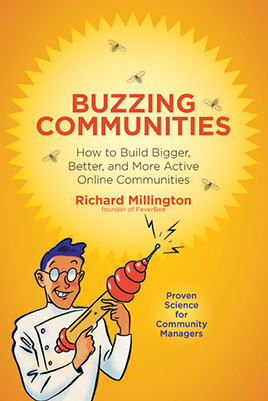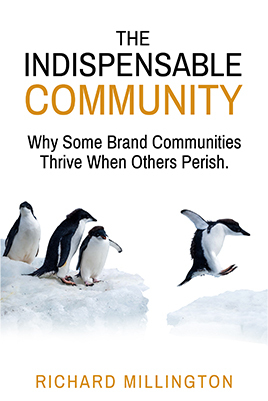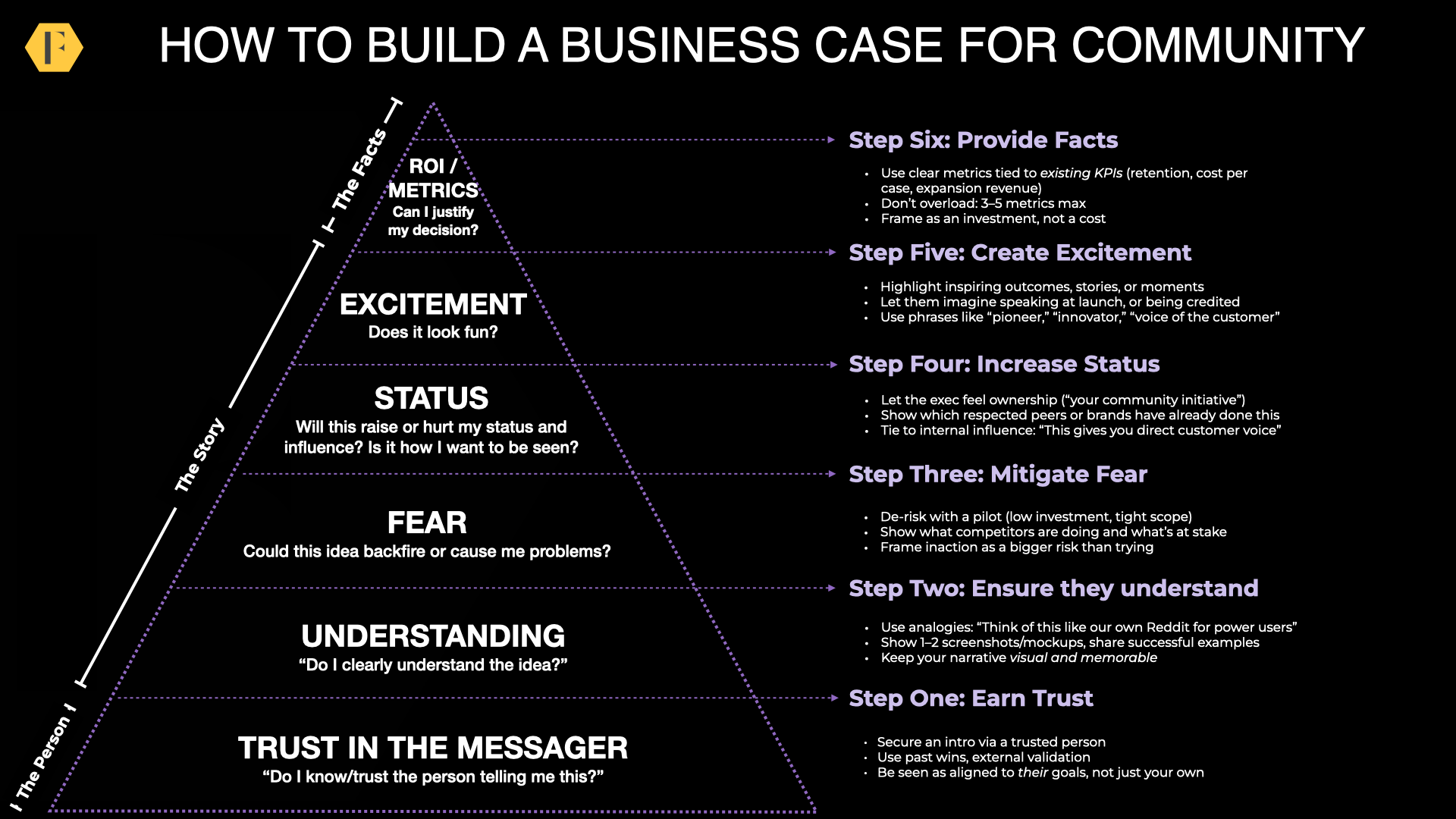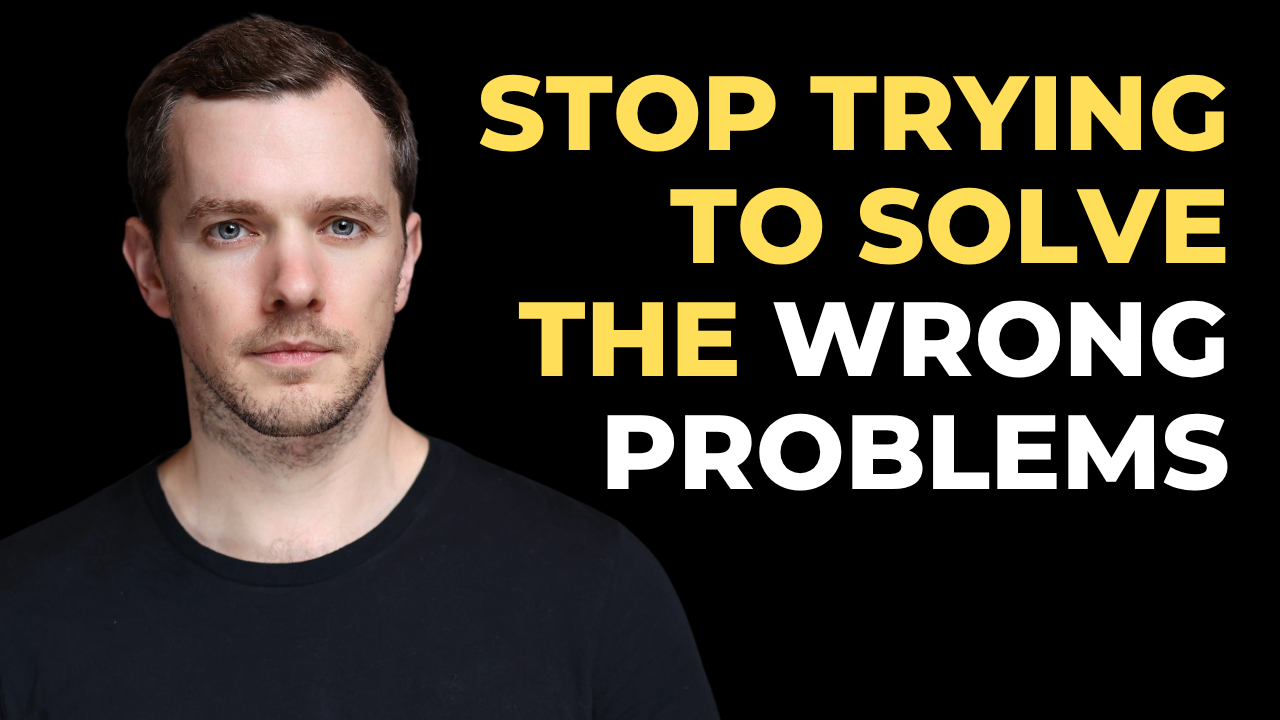If your community concept is wrong, you will struggle at every stage of the community development process and ultimately fail.
The concept is what the community will be. It’s tempting to breeze past this step with casual assertions; “The community will be for our customers to talk about our products“. Which is fine, unless your customers don’t want to talk about your products. If you try to force them, you will struggle to get people to join and talk to each other.
What will the community be about?
Your community doesn’t have to be about your organization. It should be about something people have a strong-self interest in. That probably wont be your products/services, but something related to your products/services. Find something people spend a lot of time on, spend a lot of money on or are emotionally engaged with and build a community around that. There is a reason why Pamper’s village is about parenting and not diapers.
If you want a simple rule of thumb; if your target audience doesn’t already talk about the topic online, then you have the wrong topic.
What type of community will it be?
You have many choices here. It can be a community of place, a community of action, community of interest, community of practice or a community of circumstance. Don’t assume every community is a community of interest (these tend to be the weakest and most difficult to start).
Each community has a different purpose and requires a different approach with regards to content, discussions, promotion and actions.
Who will the community target?
Your community shouldn’t target everybody, not even everyone that purchases your products. You should target a specific group of people whom have a lot in common with each other. The more they have in common, the more likely they will participate. It makes sense to deliberately limit your target audience to reach more of that audience. Better to have 3000 highly interested and highly active members than 30,000 lurkers.
How will the community be positioned?
Will the community be the best community of it’s kind? The most exclusive community of its kind? The biggest community of its kind? The only community of its kind? What will be the attraction for people to join the community? What will make it unique?
Organizations which get the concept right find the entire process much easier. Organizations which get this wrong usually feel they are fighting against the tide the entire time. Don’t try to change what people want to do and talk about. Just focus on a small audience, for a specific purpose and with a precise interest.
If you feel you are constantly struggling to get the community going, it might be time to reconceptualize your community.





